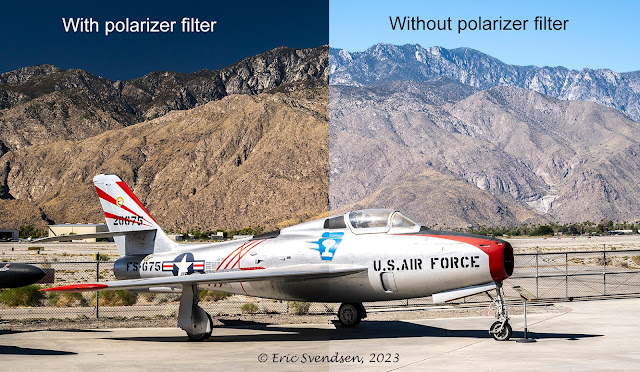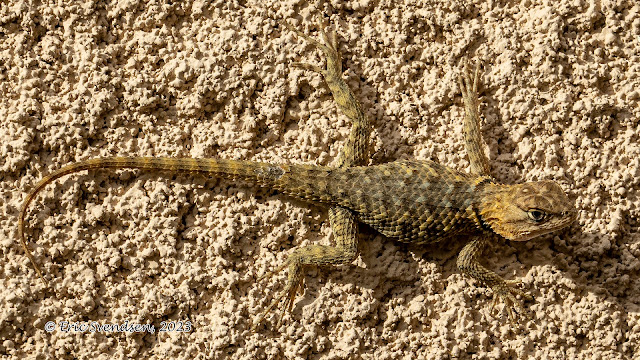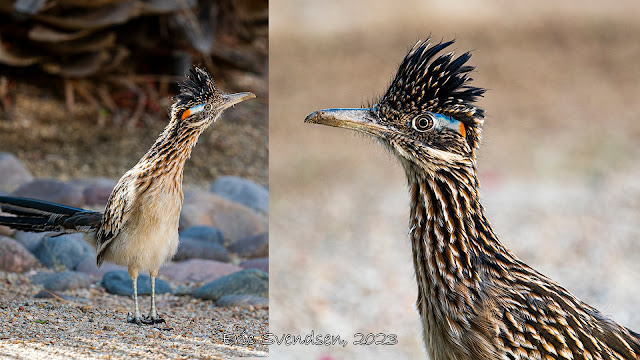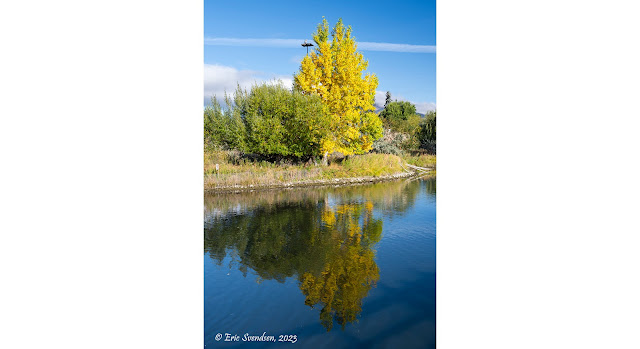Queen butterfly - a monarch mimmic.

Top of wings (main) and bottom of wings (inset) of the Queen butterfly. Yes, it even fooled me. The first one of these I saw was the inset photo I took during my first week in Palm Springs. The familiar orange and black stripes with white spots led me to conclude that this must be a monarch butterfly. It was only later, after photographing the queen butterfly during my second week in Palm Springs that I was to realize my error. From the top, the two species look fairly different, but not so much from the side. The monarch butterfly (photograph below) feeds on milkweed plants as a caterpillar. Milkweed contains a nasty poison that causes illness in birds and mammals if ingested in small amounts, and death if enough is consumed. Adult monarchs retain the toxins from their larval form; any bird or mammal eating one will soon get very sick. Birds, which have excellent colour vision, learn quickly that the orange and black pattern on monarch wings represents a stern warning. DO NOT

















